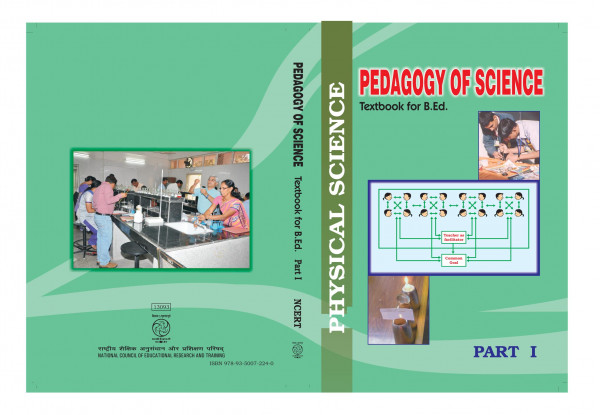

Most ebook files are in PDF format, so you can easily read them using various software such as Foxit Reader or directly on the Google Chrome browser.
Some ebook files are released by publishers in other formats such as .awz, .mobi, .epub, .fb2, etc. You may need to install specific software to read these formats on mobile/PC, such as Calibre.
Please read the tutorial at this link. https://ebooknice.com/page/post?id=faq
We offer FREE conversion to the popular formats you request; however, this may take some time. Therefore, right after payment, please email us, and we will try to provide the service as quickly as possible.
For some exceptional file formats or broken links (if any), please refrain from opening any disputes. Instead, email us first, and we will try to assist within a maximum of 6 hours.
EbookNice Team

Status:
Available4.6
27 reviewswhere learning goes on in learner specific ways at various paces and with
various styles, the word ‘teaching-learning’ is used instead of teaching.
The word ‘teaching’ has an underlying tone of what a teacher does in a
teacher centred class and therefore is not appropriate.
Some box items are introduced in many chapters to highlight some features
of the contents requiring additional attention of the student-teachers.
Classroom experiences of practising teachers and examples to illustrate
the concepts are presented in boxes of a different colour for the ease of
reading.
We wish you a joyful reading and learning!